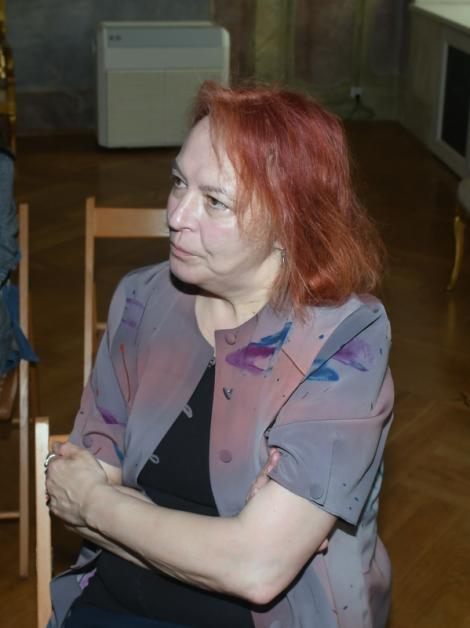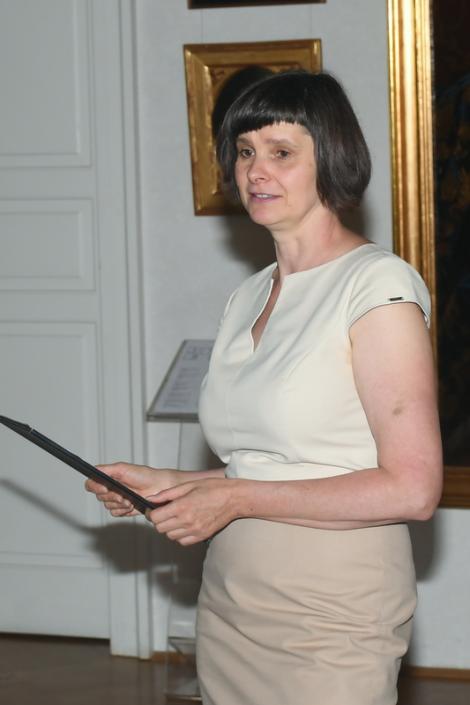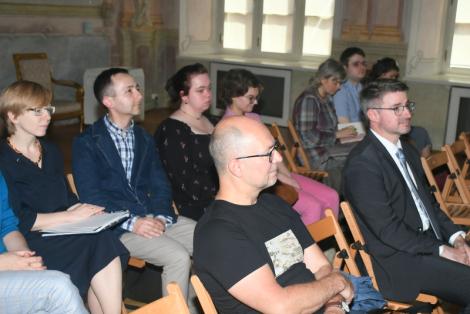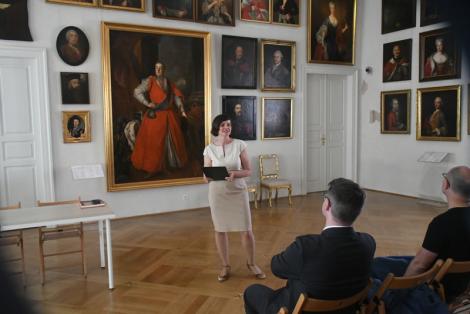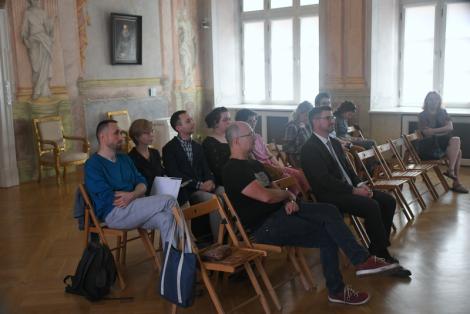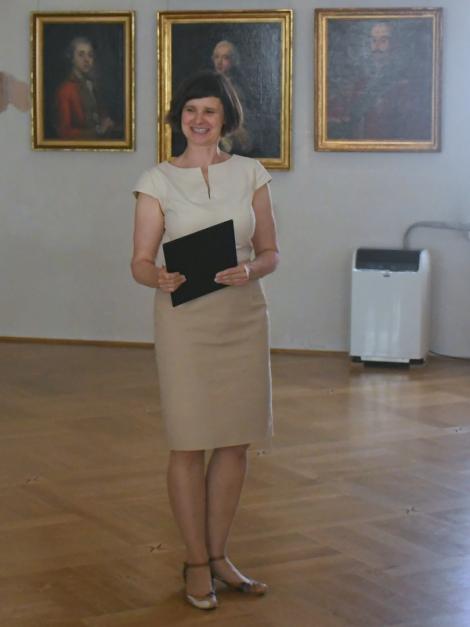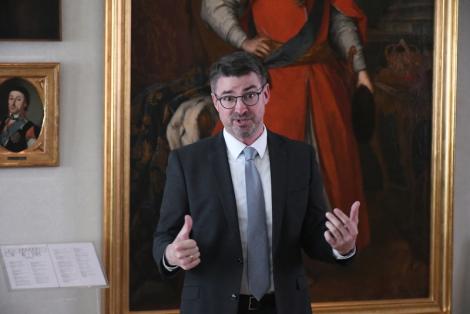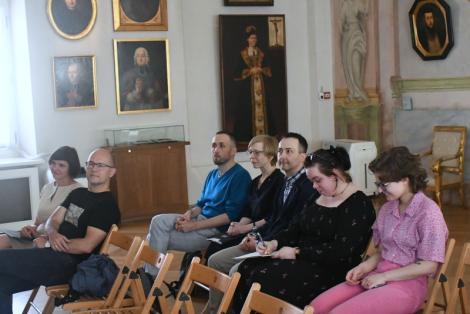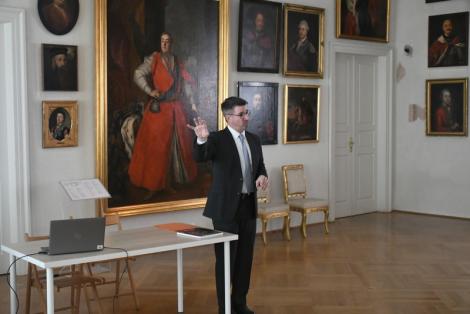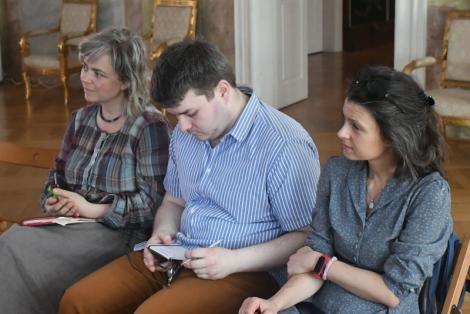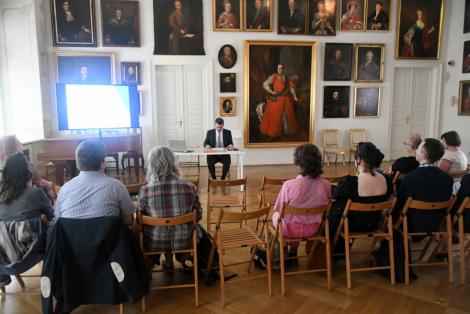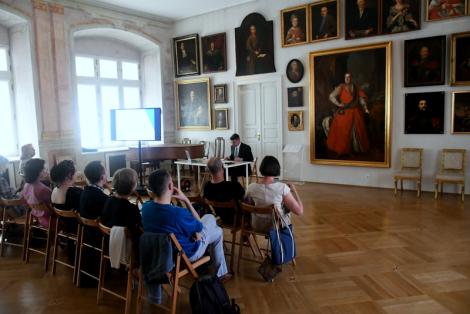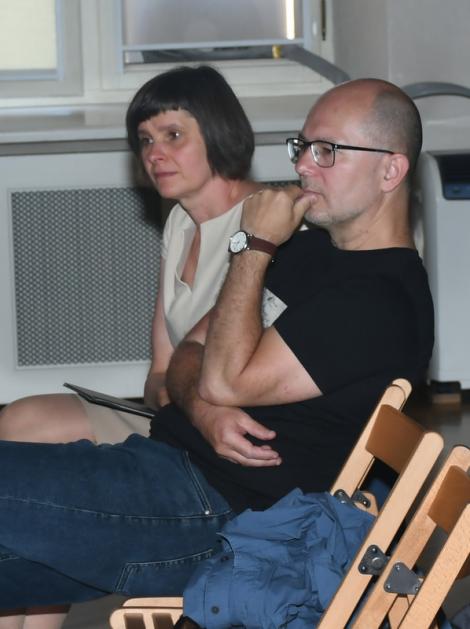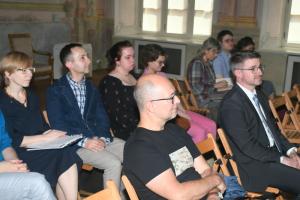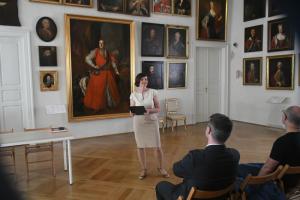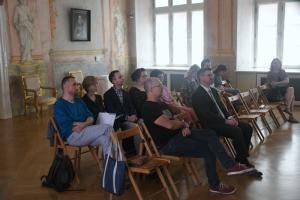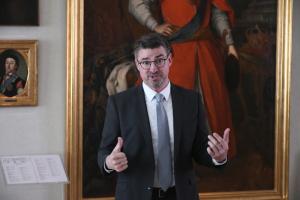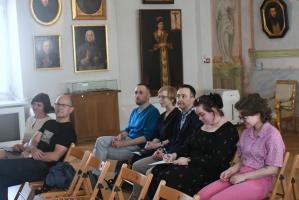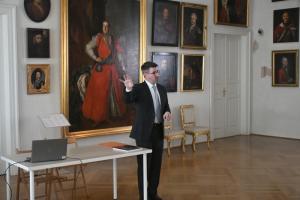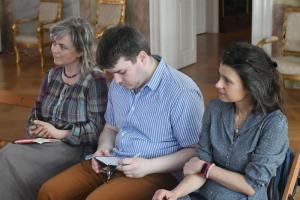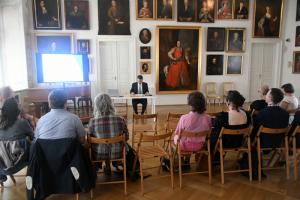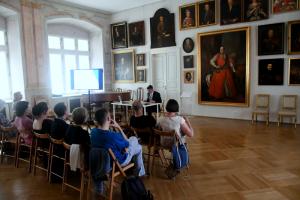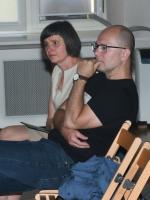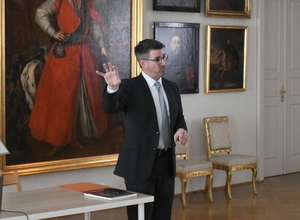
Pracownia Literatury Renesansu
Katedra Historii Literatury Staropolskiej Wydział Polonistyki Uniwersytetu Jagiellońskiego
oraz
Pałac Biskupa Erazma Ciołka Oddział Muzeum Narodowego w Krakowie
zaprosili na wykład, który wygłosił
prof. dr hab. Florian Schaffenrath (The Ludwig Boltzmann Institute for Neo-Latin Studies, Innsbruck) na temat
"Simon Lemnius: A New Virgil for Switzerland".
czas i miejsce: 1 czerwca (czwartek) 2023, godz. 11.30, Pałac bp. Erazma Ciołka, ul. Kanonicza 17
Abstrakt:
One of Switzerland’s best-known humanists was Simon Lemnius (1511-1550): He gained sad fame when, as a student in Wittenberg, because of his epigrams he got into a fierce conflict with Martin Luther and eventually had to leave the university. A fierce polemic against the reformator was the result. Afterwards, when Lemnius was working as a Latin teacher in his home town of Chur, he set about writing a Latin epic poem about what was probably the most important moment in the history of his canton, Graubünden: In 1499, a great battle took place at the Claves, in which the troops of Maximilian I and the troops of the Grisons faced each other. This was the decisive moment in history when various confederations (Bünde) joined forces to oppose Maximilian. Subsequently, the canton of Graubünden developed out of this union. Lemnius celebrated this war in his epic poem Raeteid. In my lecture, I will first introduce the author and his work in general terms. In particular, I will look at the passages in which Benedict Fontana appears, who played a leading role in the Battle of Calven and who is still revered as a national hero in Chur today. Then I will elaborate that Lemnius did not try to copy Virgil's technique of describing the prehistory of a people and reflecting current events into it. Rather, Lemnius used the Punica of Silius Italicus as his model: Just as Silius celebrated the populus Romanus, Lemnius praises his people, who appear as victors. I will make the comparison with the Punica on different levels.

